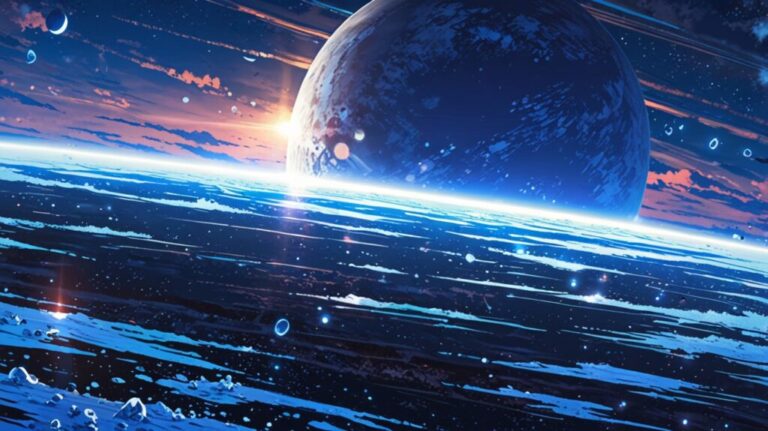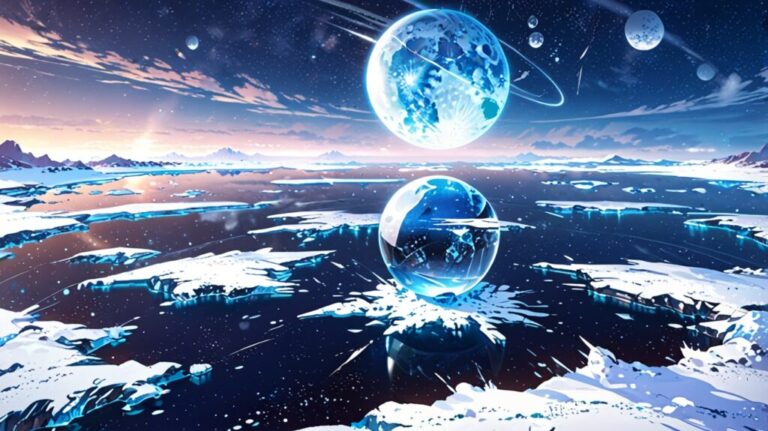Can Dark Energy Maps Redefine Cosmic Evolution?
Can Dark Energy Maps Redefine Cosmic Evolution?
Okay, deep breath — we’re about to go full space-nerd mode.
Imagine the entire universe as this massive, stretching, expanding thing. Galaxies flying away from each other, stars drifting, space itself growing wider and emptier like a balloon that’s been blown up way past normal birthday party size. It’s kind of beautiful, kind of terrifying, and also… still not fully understood.
Now enter: dark energy — the mysterious force that’s apparently driving all this cosmic stretching — and the thing scientists have been obsessively trying to map out.
Which brings us to the big question:
Can dark energy maps redefine cosmic evolution?
Honestly? Yes. Big time.
These maps might not just tweak our view of the universe — they could rewrite entire chapters of the cosmic story we thought we knew.
Let’s break this down, casually, like you and I are just sitting under a sky full of stars, sipping something warm, trying to wrap our heads around the biggest mystery in existence.
So… What Even Is Dark Energy?
Okay, first things first: we have no idea what dark energy actually is. Not even kidding.
But we do know it exists. Kind of like how you don’t have to see the wind to know it’s messing up your hair. Dark energy is invisible, undetectable by our usual tools, and yet… it makes up about 68% of the entire universe.
What we do know is this:
The universe is expanding. Not just expanding — accelerating in its expansion. Galaxies are moving away from each other faster and faster. Something is pushing everything apart, and that “something” is what we call dark energy.
It’s been one of the biggest mysteries in cosmology since it was discovered in the 1990s. And now, scientists are trying to map it.
Wait… You Can Map Something You Can’t See?
Weird, right? But yes — you can map dark energy, kind of.
Not by pointing a telescope directly at it (because, again, invisible), but by observing what it’s doing to the universe. Like detectives at a crime scene, scientists are tracking the “footprints” dark energy leaves behind.
They do this by:
- Studying the movement of galaxies over time
- Measuring how light bends as it passes through massive clusters (that’s gravitational lensing — super sci-fi sounding, but very real)
- Tracking ancient light from the early universe (cosmic microwave background, aka baby universe light)
By putting all this data together, we can build 3D maps of how the universe is stretching and changing. And in those maps? We can start to trace the pattern and pressure of dark energy itself.
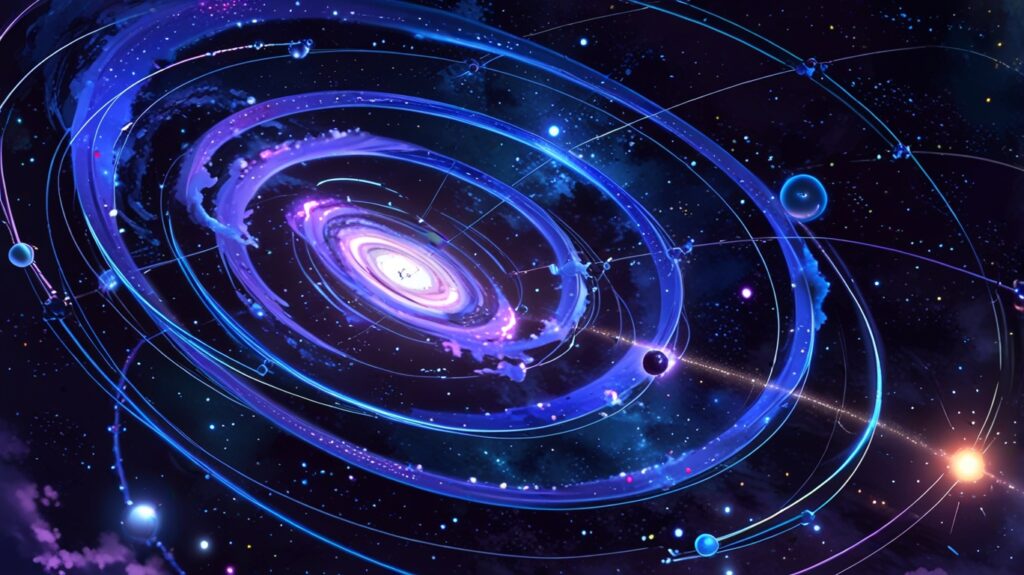

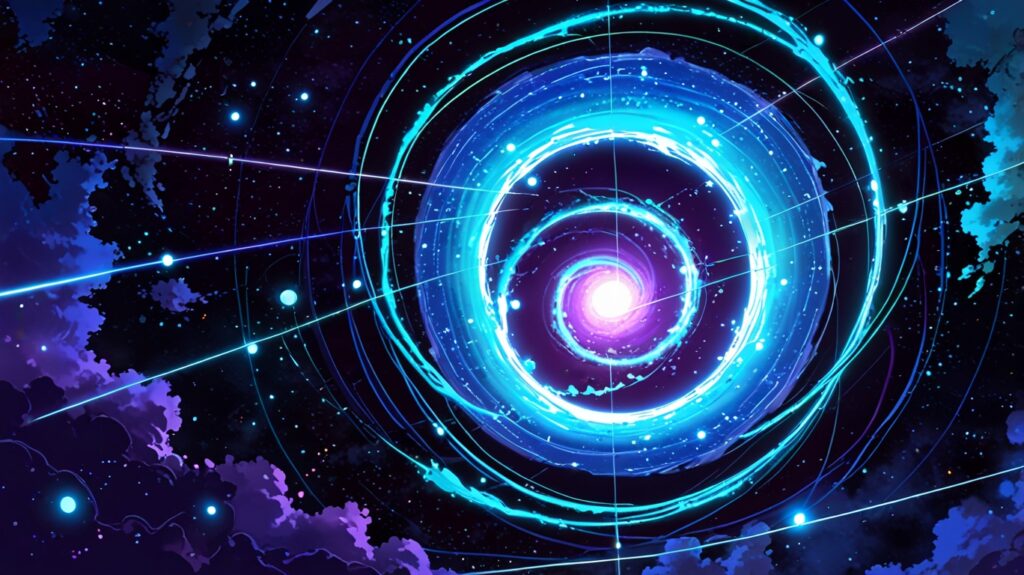
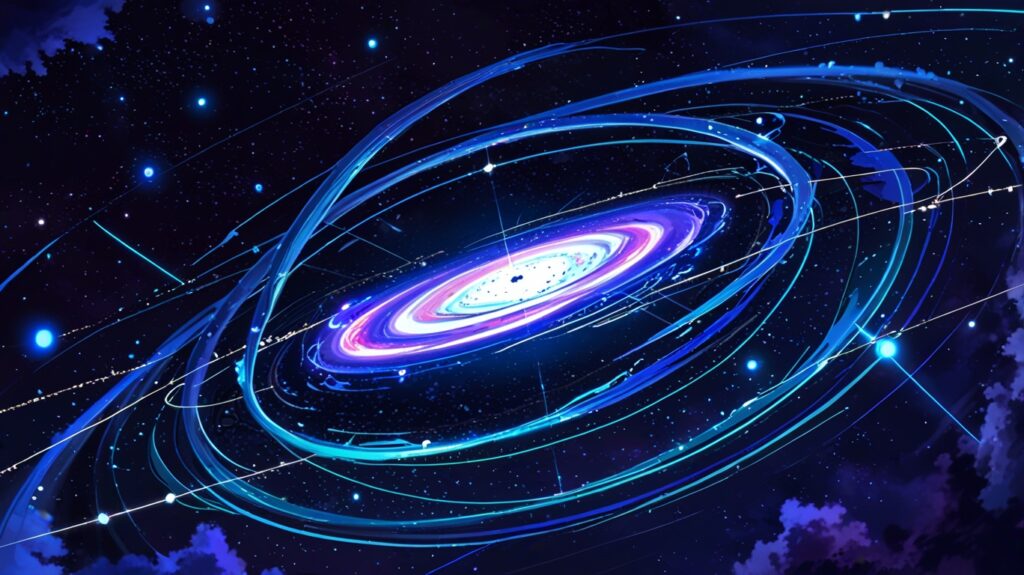
Why These Maps Might Change Everything
Now here’s where it gets wild.
Right now, we have a pretty solid theory of how the universe evolved. It starts with the Big Bang, then galaxies form, stars shine, everything expands, and dark energy eventually starts speeding it all up.
But that’s a theory based on limited info.
What if we missed something?
What if dark energy isn’t constant over time?
What if it behaves differently in different parts of the universe?
Dark energy maps could reveal things like:
- Is dark energy getting stronger over time?
- Did it act differently in the early universe?
- Could it one day reverse, or destroy the universe entirely (a.k.a. the “Big Rip”)?
Yeah. Cosmic evolution might not be as smooth and straightforward as we thought. These maps could expose twists in the story — alternate endings, weird detours, things we haven’t even imagined yet.
A Quick Peek at the Tools (Because They’re Kinda Cool)
A bunch of projects are working on these maps right now, like:
- DESI (Dark Energy Spectroscopic Instrument) — This thing is measuring the light from over 30 million galaxies. Thirty. Million. It’s like Google Maps for the universe.
- Euclid (ESA mission) — A European Space Agency telescope launched to study dark energy and dark matter by mapping the shape and spread of galaxies.
- Nancy Grace Roman Space Telescope (NASA) — Think of this as Hubble’s big-brained cousin, designed specifically to go deep on dark energy mysteries.
These missions are collecting petabytes of data (that’s a lot) and helping build the most detailed cosmic maps we’ve ever had.
What It Means for Us — Humans on a Tiny Rock
Okay, I know this all sounds huge and abstract. So why should we care?
Because this is about our place in the universe.
Understanding dark energy could help us:
- Know where the universe came from
- Predict how it will end (Big Freeze? Big Rip? Something else?)
- Understand the true nature of reality, time, and space
It also reminds us of how little we actually know, and how cool it is that we’re still learning. Still exploring. Still chasing mysteries.
And for me, that’s kind of the most human thing ever.
Final Thoughts
So, can dark energy maps redefine cosmic evolution?
Absolutely.
They could tell us if the universe is following a path we expected… or if it’s way stranger than we ever thought. They could reveal secrets that challenge the very foundations of physics. They could change how we define space, time, and everything in between.
And even if they don’t answer every question, they’ll get us closer.
The universe is still unfolding. Still surprising us. And thanks to dark energy maps, we might finally be able to read between the lines of its biggest mystery yet.
Related Articles from EdgyThoughts.com:
What If Mermaids Really Lived in the Deep Sea?
https://edgythoughts.com/what-if-mermaids-really-lived-in-deep-seas/
What if dreams enable visions into other lives?
https://edgythoughts.com/what-if-dreams-enable-visions-into-other-lives/
External Resource:
Learn more about dark energy and the expansion of the universe:
Dark energy – Wikipedia


